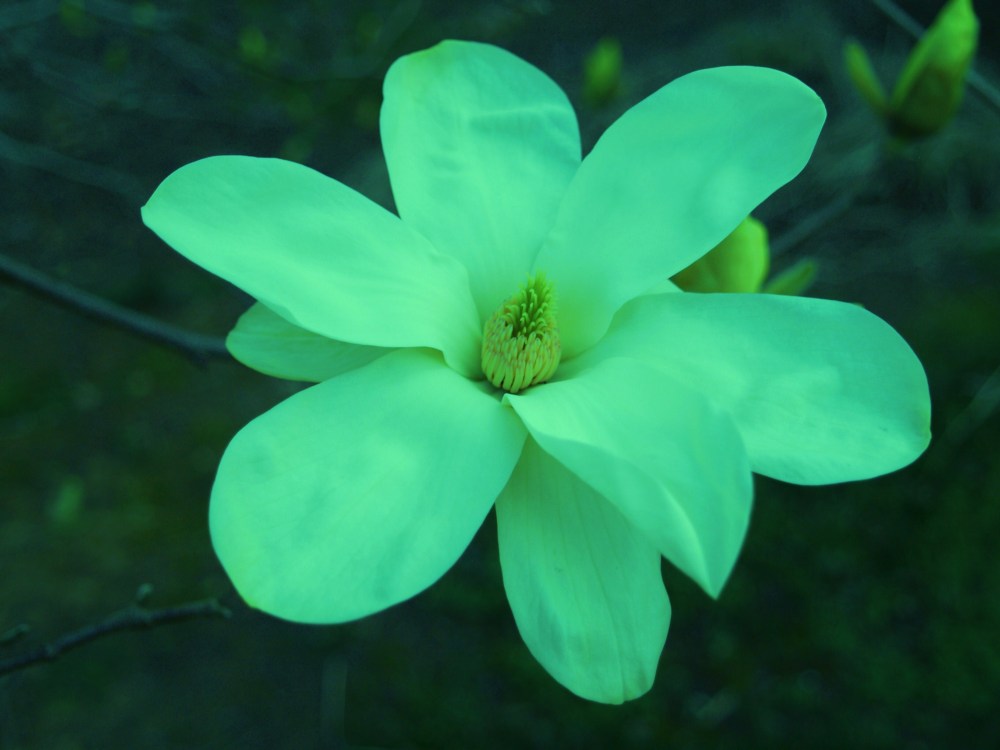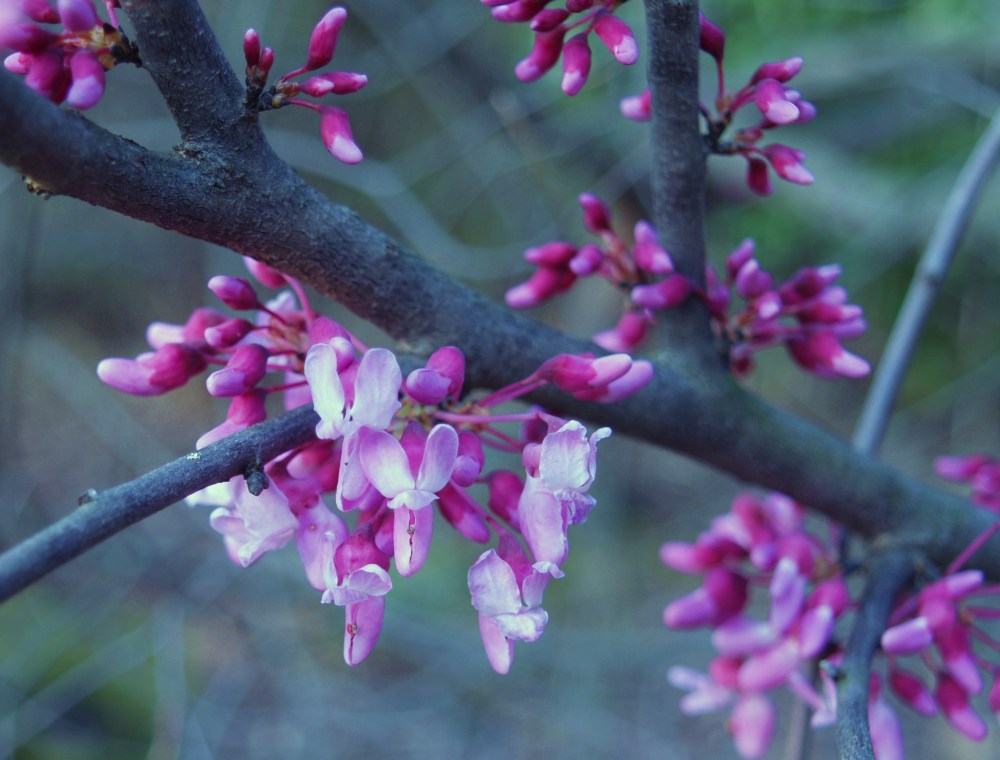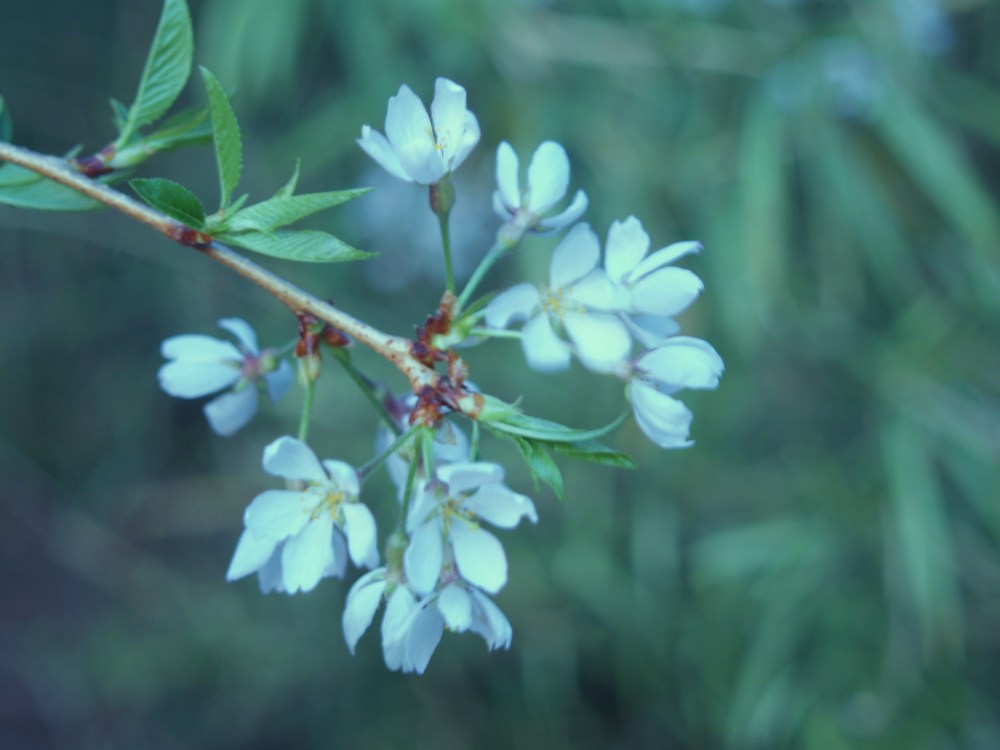The latest of the early spring flowering magnolias in my garden is the pale yellow ‘Elizabeth’ (Magnolia acuminata ‘Elizabeth’, below). A year ago it bloomed exactly in the middle of April, which is perhaps a few days later than average, and why its flowers are rarely bothered by late freezes and frosts as the earlier flowering magnolias are. I would appreciate ‘Elizabeth’ a bit more if the flowers were less pale yellow and more vibrant, but it grows vigorously and with a more upright form than other magnolias that consume significant portions of the garden.
Early March bloomers ‘Royal Star’ and ‘Dr. Merrill’ quickly passed out of bloom in the mid month heat wave without a single cold night to damage the flowers. In most years the blooms end with a huff after an overnight freeze, but this year the flowers faded prematurely in eighty five degree afternoons. For a day the small back lawn was covered in white petals, but by the following afternoon they had browned, shriveled, and disappeared. The purple ‘Jane’ was the earliest of the magnolias to show color this year, and still some flowers remain as it begins to leaf. Jane’s flowers have a thicker substance than ‘Royal Star’ and ‘Dr. Merrill’, and they resist the effects of freeze and frost, and apparently heat also.
On average (and I’ll be the first to say that average means little in the garden) redbuds (Cercis canadensis, above) begin to flower in my garden at the start of April, followed by dogwoods ten days later. There are times when dogwoods and redbuds flower concurrently, but it’s rare that they are both blooming the third week of March. I have planted yellow (‘Hearts of Gold’) and red leafed redbuds (‘Forest Pansy’), a few with variegated leaves (‘Silver Cloud’), and one with pendulous branches (‘Lavendar Twist’), and all have similar blooms that arrive within a day of each other. These are marvelous native trees that are well suited to large and small gardens.
The native habitat of redbud is as an understory tree, but it thrives at the forest’s edge where it receives some sun, but is partially shaded in the afternoon. One ‘Forest Pansy’ that I planted long ago has been in decline for several years as the dense shade from neighboring swamp maples and tulip poplars has spread to cover it. Every spring a few branches die and fall off, and the flowers become more sparse. The redbuds that grow in more sun perform splendidly, though two ‘Hearts of Gold’ were damaged a few years ago by heavy snow. Their branches are bent much lower than before the storm so that I can no longer mow the small area of lawn beneath them. One large branch was cracked and has been bolted together, but otherwise the trees are in perfect health.
The tall weeping pink cherry (Prunus x subhirtella ‘Pendula Rubra’, above) is flowering, and today there is hardly any evidence of damage from a tornado that hopped just over the neighborhood a few years ago. The cherry wasn’t directly injured by the wind, but a nearby purple leafed chokecherry was snapped in half, with the top half falling onto the cherry and a ‘Fat Albert’ blue spruce. The cherry lost a few large branches, but the back half of the spruce was flattened. Fortunately, the damage was to my neighbor’s side of the spruce.
The pink weeping cherry is the cause of considerable consternation to many homeowners since it grows much larger than they expect. People seem to equate weeping with dwarf, but my tree is nearly thirty feet tall and wide (not at all a small tree). I’ve seen many trees planted far too close to houses, walks, and drives so that branches quickly arch over and obstruct, and often require severe pruning to keep under control. For once I had the good sense to give a tree enough space, though it has now become a bit crowded along with other trees after twenty years.
Now, I’m beginning to run on too long, s0 I’ll return in a few days with late March’s flowering shrubs, and the bulbs and perennials that are blooming. Recent temperatures have cooled considerably, so I’m hoping that flowers last a bit longer so that I can catch up with my writing before these pass out of bloom.